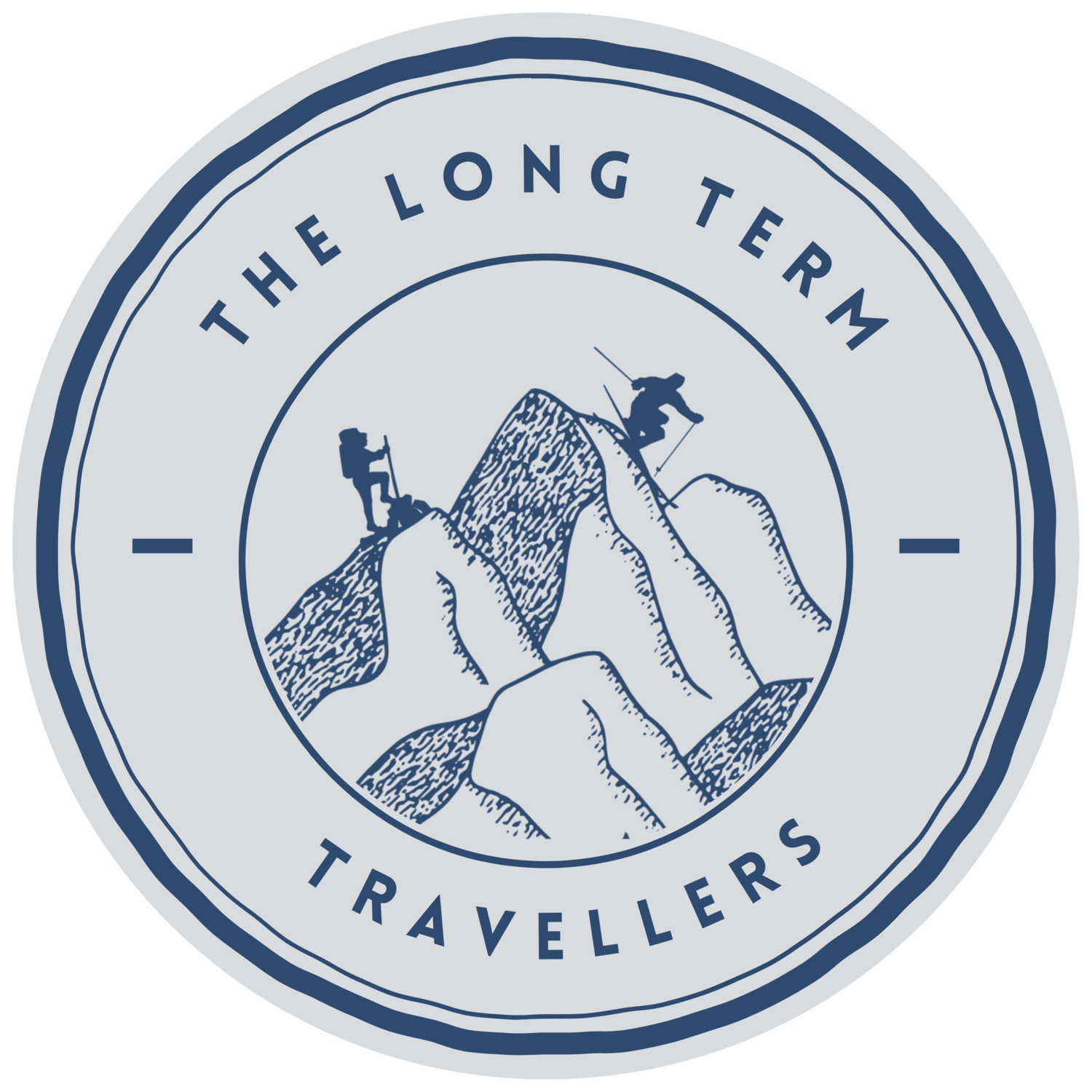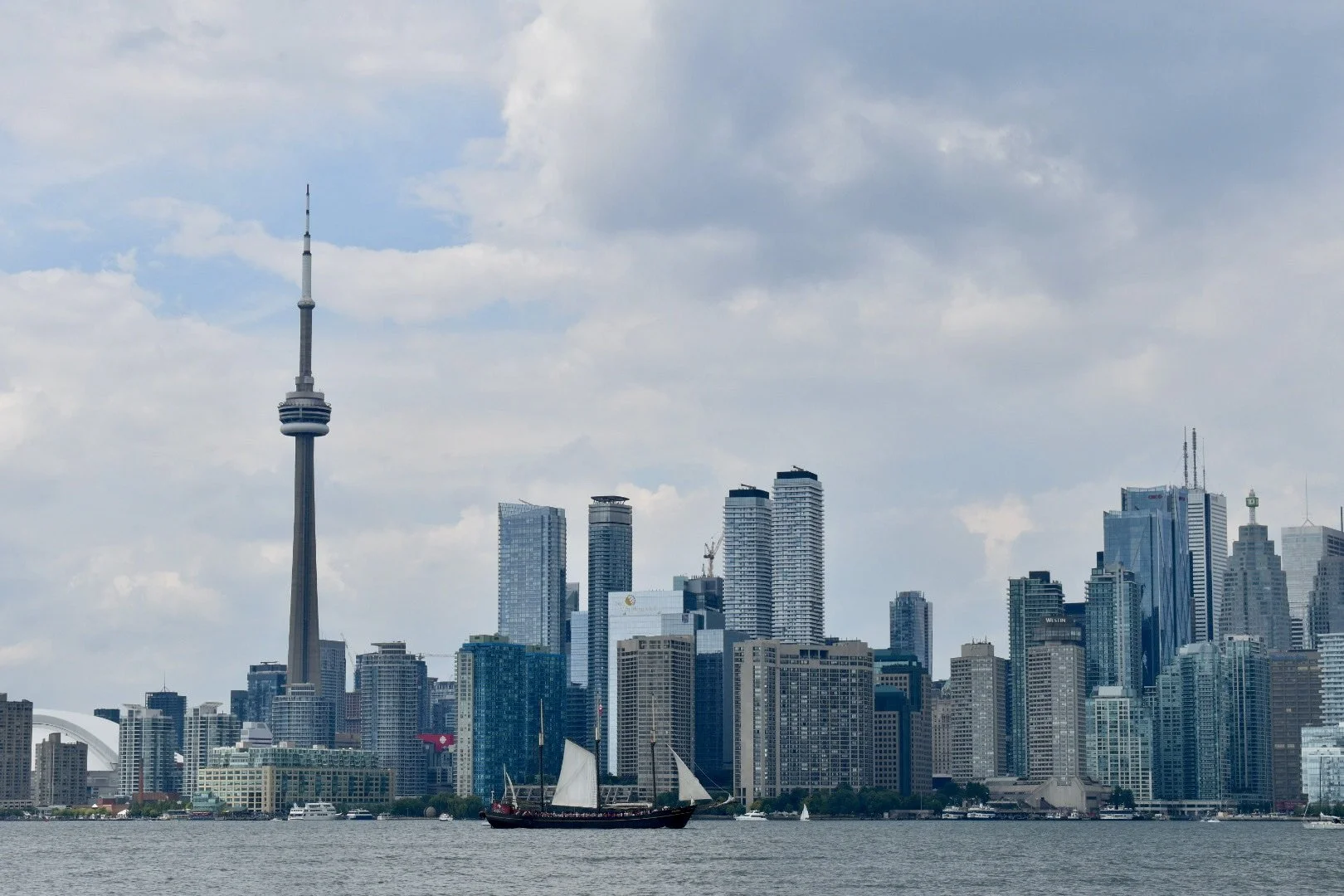How to Apply For Your Canadian IEC
Ever dream of living and working in Canada for a couple of years?
The International Experience Canada is a great way to spend 1-2 years in Canada, and allows expats to work, live and/or travel in the country without having to be sponsored or study.
The IEC is like many other working holiday visas around the world, in that they are intended for young travellers. This means that depending on where you’re from, you can only apply for an IEC if you’re within a certain age range, typically 18-35, 17-29, or 18-30, depending on where you are a resident and/or have citizenship.
Banff is one of the most popular locations for working expats travelling on the IEC, with fantastic opportunities either seasonally or year round.
Below is our step by step guide on how to start and submit your application. Know ahead of time that this visa process is known for taking a lot longer than other working holidays around the world, taking weeks or months to see progress on your application. This is especially true for any 2022 applicants, as the COVID disruptions have meant significant delays, with the government processing all 2020 and 2021 applications first.
A note on the links in this post: If any of the links are inactive or not working for any reason, please send us a message through our socials or at hello@thelongtermtravellers.com and we’ll make sure they’re updated.
Brief Overview/ What’s in this post:
Step One: Find out if you’re eligible
Step Two: Create an account through Gov Canada
Step Three: Submit your profile
Step Four: Wait for an invitation to apply
Step Five: Apply for your work permit
Step Six: Follow any further instructions
Step Seven: Head to Canada to claim work permit
Step One: Find out if you’re eligible
You can read up on who can apply here. Choose your country of residence from the drop down list, and it will detail if you’re eligible to apply for an IEC and what the entry requirements are. For example, for applicants from the UK, you’d need to be within the 18-30 age range, have health insurance for the duration of your stay, and proof of a minimum amount of funds to stay (among other things). This section of Gov Canada goes over all of the relevant details for the entire application process, so make sure you bookmark it.
If you read through this eligibility information and you tick all of the boxes, you’ll then need to take an eligibility questionnaire through the site, the direct link for it is here. Click ‘check your eligibility’ to begin the questionnaire, and when the first question comes up, ‘What would you like to do in Canada?’ select IEC- Travel and Work and then complete the rest of the questions. After you have completed it, Gov Canada will let you know which scheme/pool you’d be eligible for. Click continue, and you’ll receive a step-by-step application process, including a personal reference code. Save this code as you’ll need it for your application!
Step Two: Create an Account through Gov Canada
To register for an account, head to Gov Canada’s immigration and citizenship page, found here, and head to Sign in or create an account.
If you have yet to register for an account, choose the ‘Don’t have an account? Register’ option. The next page will direct you to registering with GCKey and follow the steps listed under this, including creating a username, password and security questions.
With a GCKey, you’ll be able to access all of Canada’s online services for immigration.
Step Three: Submit Your Profile
Once you have a GCKey, you’ll be able to sign in and apply to come to Canada.
After signing in to your account, click ‘Apply to come to Canada’ under the heading ‘Start an application’. There will be a prompt to enter your personal reference code, this is the one you’ll have received after you completed the questionnaire (detailed above in Step One). Once you enter your personal reference code, build a profile with your personal details, and once submitted, you’ll be able to see the details of your application on your main GCKey account.
Once you’ve submitted this profile, you should expect to hear from Gov Canada if you’ve been accepted to the International Experience Canada pool under whichever scheme you have entered (in this case, IEC). This will come to you in the form of a letter which you’ll be able to access in your account. Essentially, the pool refers to a group of eligible candidates, and Gov Canada will regularly invite candidates from the pool(s) to apply for a work permit.
Vancouver is another very popular option for expats. Although many choose to stay within the city, taking advantage of it’s enviable location next to mountains and sea, many also choose to use it as a jumping off point into greater western BC, heading across the Strait to Vancouver Island, heading north to Squamish or Whistler, or further east to the likes of Okanagan and the powder highway.
Step 4: Wait for the Invitation to Apply
After you’ve been accepted to the International Experience Canada pool(s), you’ll have to wait to be sent an invitation to apply, and although this can take weeks or months, there are a few things you can do while you wait.
Use this opportunity to apply for any disclosure paperwork (aka background/police checks). Once you’re invited to apply for the permit, they’ll ask for disclosures of anywhere you’ve lived abroad (classified as 3 months or longer), so use this time to start the process, as they don’t give you much time to submit once you’re invited to apply.
When Steve applied in late 2021, it took him over four months to hear back after he had been invited into the pool, which is a relatively long period of time.
Keen to go to Canada to work on or frequent the slopes? Check these out.
Step 5: Apply For the Work Permit
Your invitation to apply, if and when you get one, will come in the form of a letter in your account. Don’t worry about checking your profile every day, they’ll send an email letting you know that you have a new message in your GCKey account.
When you receive the invitation to apply, know that you will have a very limited amount of time to submit the full application. For Steve, they gave him just under a month to fill out all of the details and submit the paperwork, and stated that his invitation would expire if he did not meet the deadline. We were very glad at this stage that he had already applied and received his disclosures from the countries that we had lived, as some had taken a few weeks to get back.
What they’ll ask for
You’ll first need to fill out some basic details about yourself within four sections:
1. Personal Details of applicant, 2. Contact Information, 3. Work and education details, and 4. Application details.
After these forms are completed, it’ll also provide a list of Required Documents that you’ll have to fill out and submit to formally complete the application.
1. Family Information Form (IMM5707), which asks for details about your spouse/ partner, parents, and any dependants you may have
2. CV/ resume
3. Passports/ Travel documents, these will ask for your biodata page of your passport, and ask for a copy of any stamped pages
4. Digital photo, classic passport photographs. We recommend getting them done professionally, at either a post office or passport photo booth so that there’s no unnecessary delays.
5. Police Certificates (Multiple), this is the area where you’ll be asked to upload any/all police certificates/ background checks/ disclosure agreements from any of the places you’ve lived. Like we mentioned in Step 5, make sure you apply for these before, especially if you’ve lived in a few places abroad, as sometimes disclosures can take weeks or months to process themselves.
You’ll notice, after submitting this, that you’ll have a new application listed on your dashboard as it’s considered separate from the IEC pool application.
If you’re a city person or a working professional, definitely consider putting Toronto at the top of your list. Canada’s largest city, located in the central-east, has loads of opportunities for expats, whether you’re choosing to look for temporary work, or furthering your career in a new place. See what we recommend doing in Toronto here.
Step 6: Follow further instructions
After you’ve submitted the application for your work permit, you’ll receive confirmation of this through the messaging service on your IRCC account, (Steve’s was ‘Confirmation of Online Application Transmission/ Submission Confirmation’). Then, it’s waiting time again.
You’ll be given a shortlist of extras that you may be asked for in consideration your application, including an interview, medical exam, biometrics, and/or a background check. Biometrics (fingerprint/ eye scan) is quite a common one, and Steve was asked to submit them through a ‘Biometrics Collection Letter’, and was given 30 days to do this.
We were actually in Southern Thailand when we received this, and at first, we thought it meant that we weren’t going to be able to meet the deadline - but if you’re like us and abroad at the time, know that there are Canadian embassies all over the world that can submit your biometrics for you. Just make an appointment (in this case, we did it in Bangkok), and they will remit the data to Government Canada.
It can take another few weeks to process all of this information, so sit tight (again), and wait for the correspondence letter that will (hopefully) say you’ve been initially approved.
Step 7: Head to Canada to Claim Work Permit
If you’ve made it this far, and have been accepted and ‘initially approved’ via your correspondence letter, it will mention that the final decision ‘to issue you a work permit and allow you to enter Canada is made after an examination by an officer in Canada’.
At this point, you’d need to enter Canada with this letter, a valid passport (your work permit won’t be valid beyond your passport’s expiry date), and a valid visitors visa (typically an eTA, which if you’ve gone through this process, it grants you an eTA number that is already linked to your passport).
You’d only get your work permit at the port of entry the day you arrive in Canada. Although it doesn’t specify on the letter itself how long you have to come to Canada to do this, on another section of the Gov Canada site it mentions that the POE letter/ Correspondence letter has 12 month validity. We’ll keep you updated on this as we plan to look out Steve’s permit when we travel to Canada later this year.
Have any questions?
It’s worth saying that throughout this process, be careful of consultancies that offer to check your eligibility or assist you in some way throughout the visa process. Generally speaking, consultancies can make the process sound difficult and complicated, but for the vast majority of applicants, it is quite straightforward and just requires a bit of time and patience.
Gov Canada’s immigration and citizenship site is an incredible resource. Although asking for help via email or through the phone can usually mean long wait times, the FAQ page is great, and can be found here. If you do have any basic questions, feel free to send our way and we can help where we can. Like we mentioned, it can be an awesome way to work and travel in Canada if you’re eligible, and we definitely highly rate staying in Canada if you can do.
Good luck!
Sam + Steve
More on Canada….











